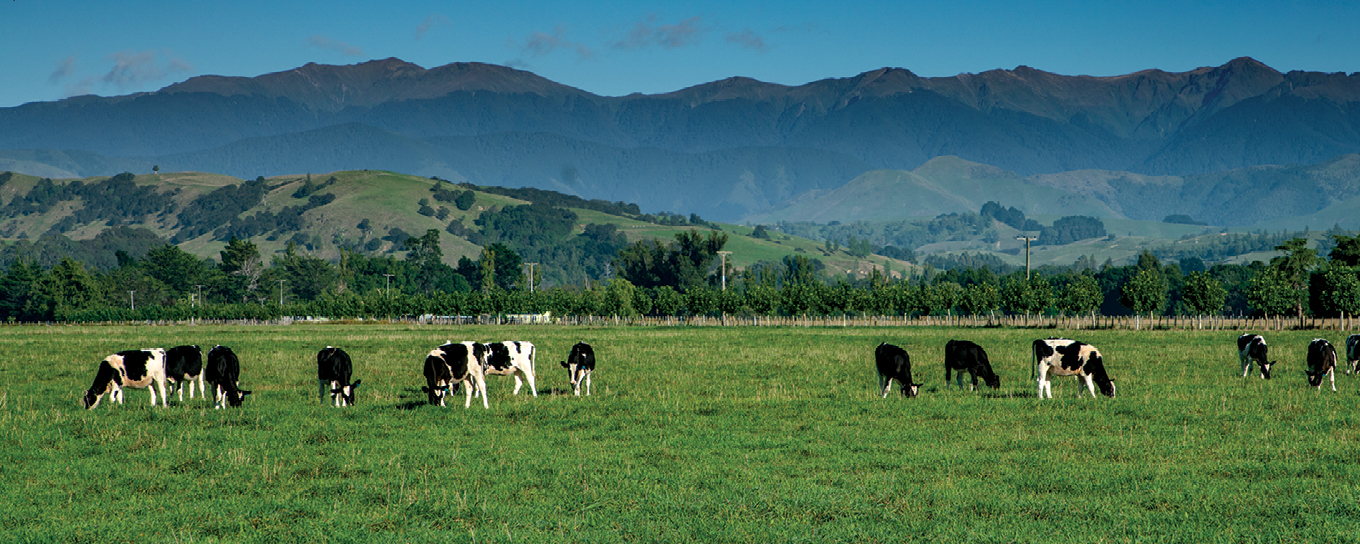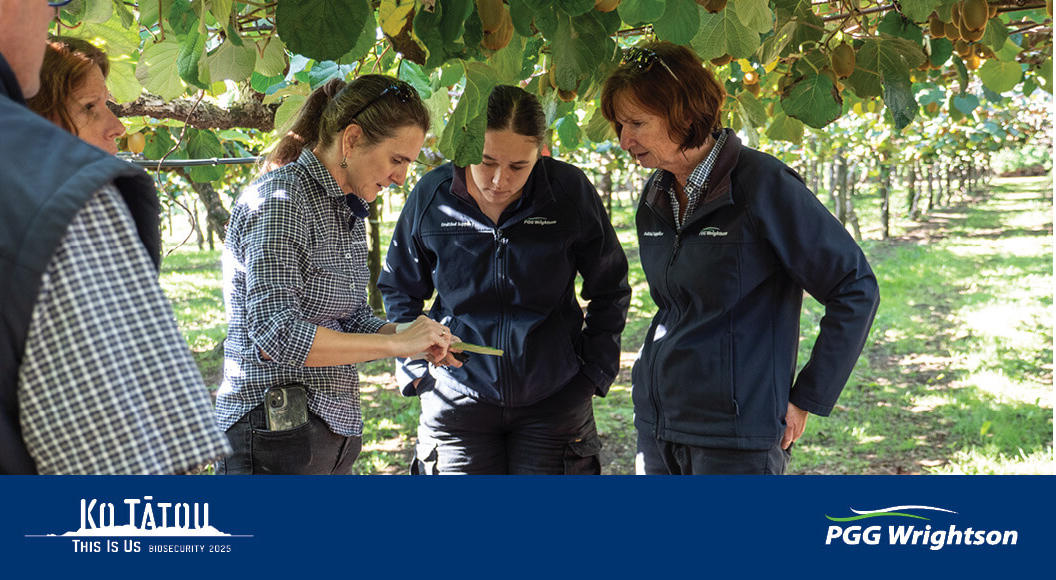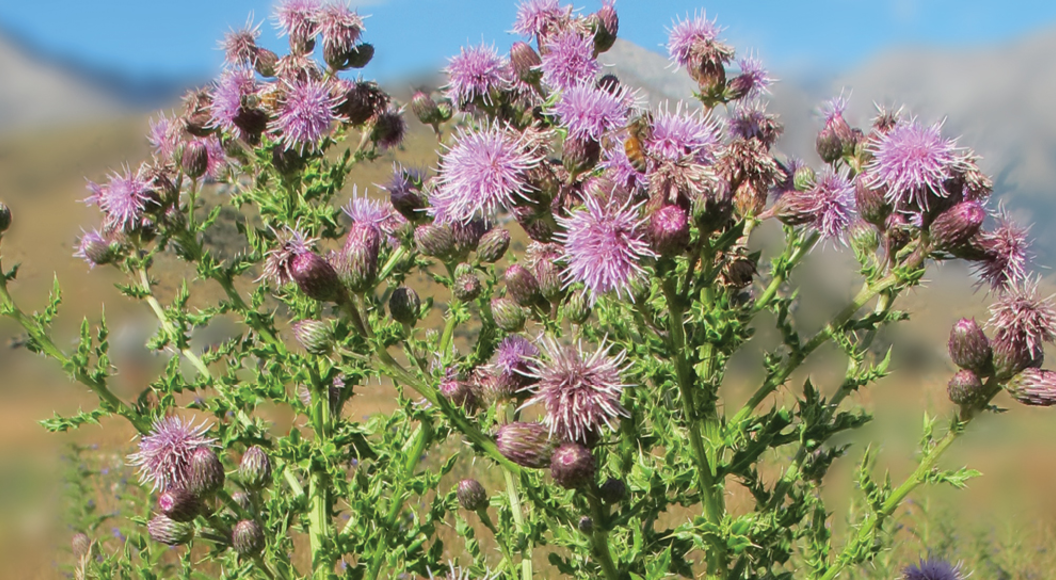
Protect pasture from pests
With an aim to achieve quality winter feed for grazing, now is the time to get on top of grass grub and porina.
In some regions, unseasonably wet and humid conditions in December have created excess feed and resulting thatch, providing near perfect conditions for pests such as grass grub and porina. Both grass grub and porina prefer to lay on taller vegetation, which protects the eggs. As a result, hay paddocks, grass seed paddocks and tall pasture are most likely to be infested.
Grass grub
One of the most common subterranean pests in pastures is grass grub. They are a light brown coloured beetle above the ground, but the larvae below the ground cause the most damage. The larvae are horseshoe shaped and whitish in colour with six legs and a brown head. Mature third instar grubs are about thumb-nail size. The grass grub life cycle is typically one year. The larvae feed on roots in the top 60 mm of the soil. Damage is indicated by patches of suppressed growth, typically with yellowing of the leaf tips. Clumps of pasture are easily pulled up by grazing sheep or cows.
Porina
In spring and summer, moths can lay up to 3000 eggs in a lifecycle. The eggs hatch into caterpillars in 10 to 21 days. The Porina caterpillars live in vertical burrows and are 15 mm to over 50 mm long, dark greenish-grey on top and cream underneath. They feed above the ground on leaves from late evening and leave worm-like, granular casts. Patches of shorter pasture, with increasing areas of bare ground, indicate porina damage.
Adama National Sales Manager, Blair Hopkins, says diagnosis of the pest population burden in pastures is done by old fashioned spade work. “What’s best to do is to sample. With grass grub, check out any suspect paddocks in late summer or early autumn, by digging squares out of the ground. Eight grubs per 20 cm square and there’s likely to be a problem.”
Blair says once the pests are identified, for effective control, Diazol® 800 Insecticide (Diazol 800) is effective in controlling the two pests. It acts on the nervous system of grass grub and porina, killing them by contact action or ingestion.
Diazol 800 should be applied February to April, when grubs are small and near the surface and before damage becomes severe. The pasture must be short and hard-grazed and Diazol 800 should not be applied to heavy clay or peaty soils. For best results with porina, apply when foliage is wet and rain or irrigation is imminent. It is critical that at least 13 mm of rain, or irrigation, follows application of Diazol 800 to wash it into the soil to work efficiently. The product must not dry on pasture prior to rain or irrigation as this will reduce efficacy. For porina control, best results are obtained from early evening applications on warm nights.
To find out more about Diazol 800 and how to beat pasture pests, contact your local PGG Wrightson Technical Field Representative.
Supplied by Adama New Zealand


